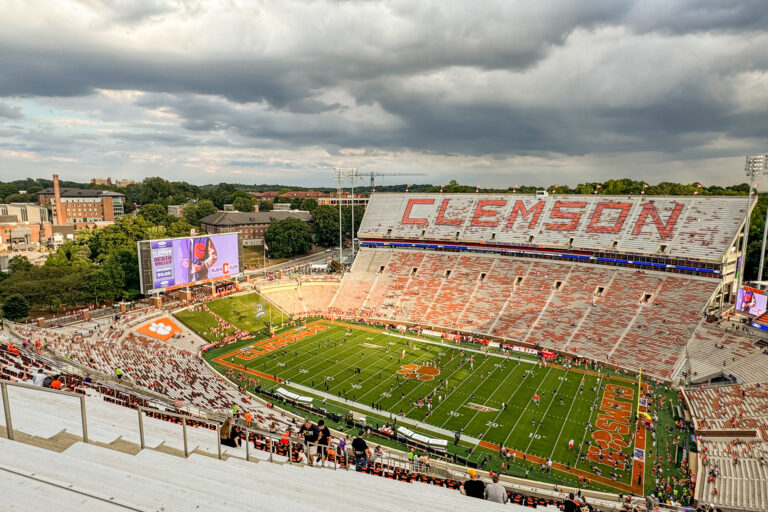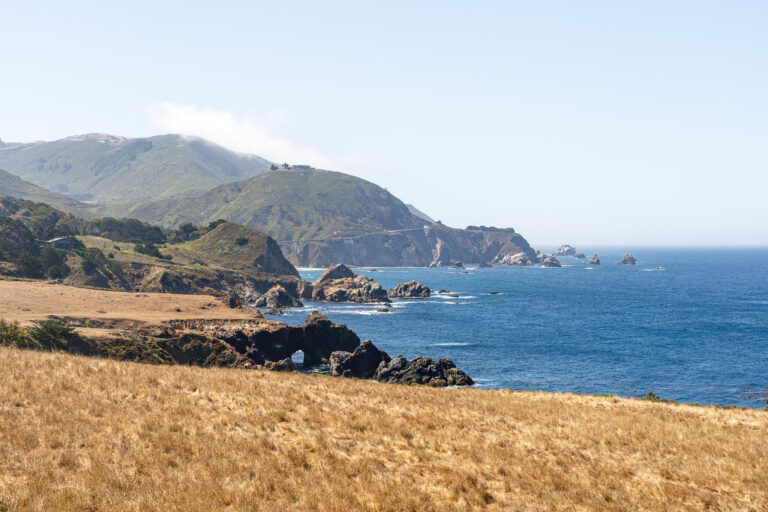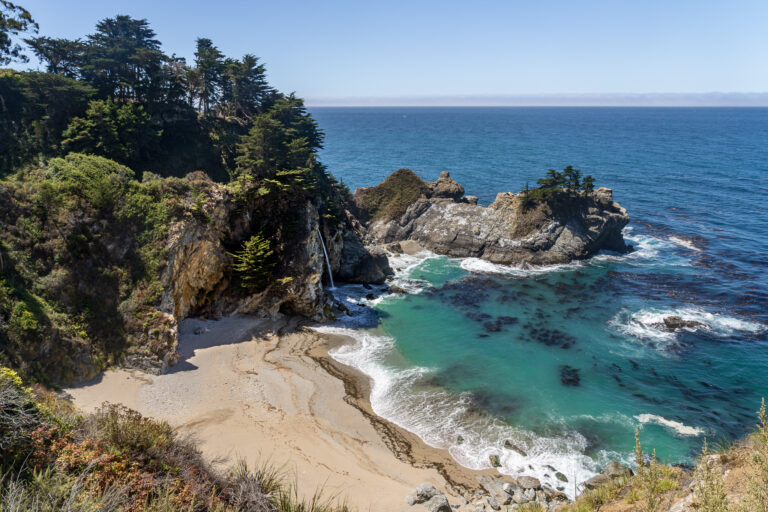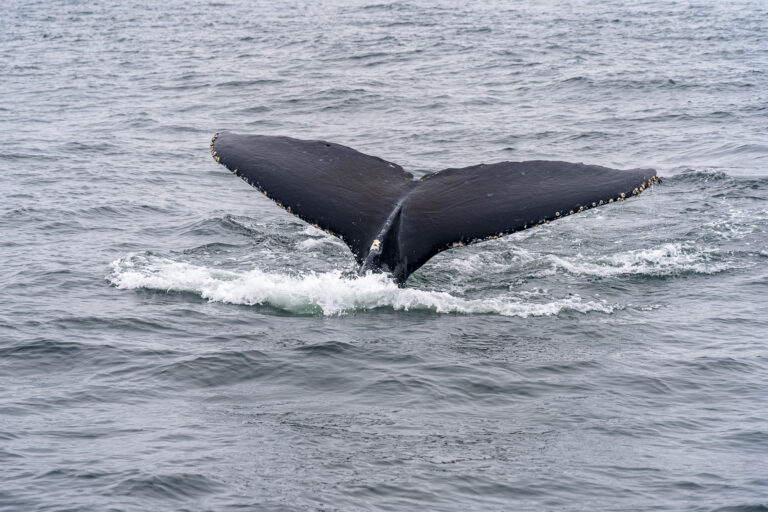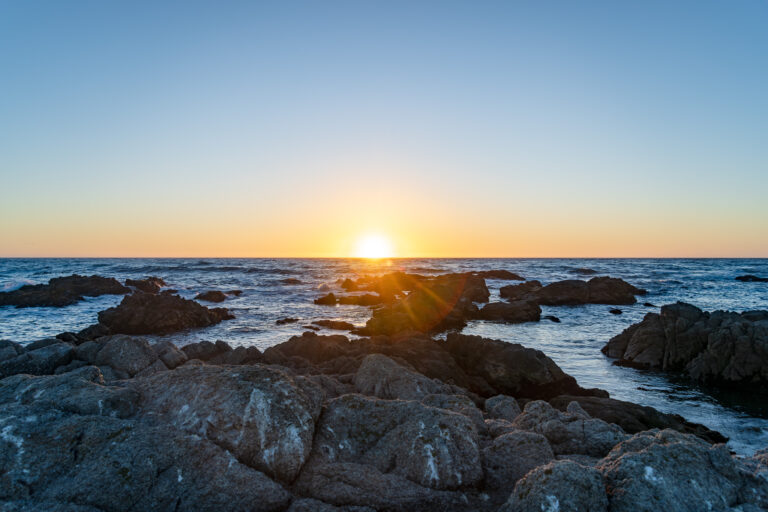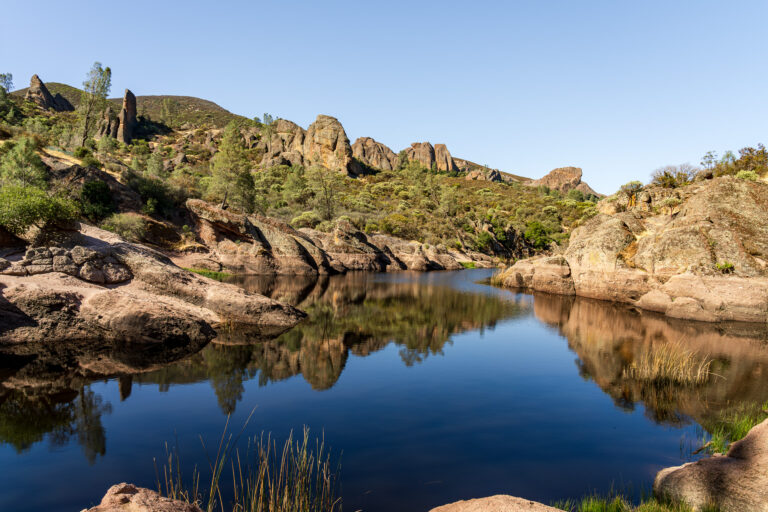Ciao!
Today was my first full day in Torgnon, Italy, in the Aosta Valley. We started the morning with breakfast at the hotel, which consisted of a sweet, cream cheese-filled croissant, smoked ham, some excellent cheese, and two kinds of tarts. I thought the croissants were even better here than they were in France.
Meeting with ARPA
After breakfast, we met the local CREA representative, Eduardo, and took a bus up the mountain into the center of the village. The mayor of Torgnon met us and gave us a brief tour of the town hall. Eduardo gave us a brief information session in the city council chamber, and then we re-boarded the vehicles and began our ascent into the Italian Alps.
Eduardo actually works for an organization called ARPA, which is essentially a regional EPA for the Alps.
Mountaintop Observation
Our task today was to go through an ecotourism experience and then give feedback on how they might improve the program. We drove up a winding road high into the Alps, stopped at about 7,000′, exited the vehicles, and began to hike to our destination for the day, a solar-driven weather station on a grassy hillside. The views were absolutely stunning, and the knowledge we gained was fascinating.
The station is essentially a RaspberryPi (mini computer)-driven weather station that allows the PhDs from universities around the world–including Cal Berkley and Duke–to do remote and on-site tracking of the weather in the region. We learned about the importance of using long term weather data, rather than seasonal trends, since mountain weather is often unpredictable. The biggest change with the snowfall in the Alps is that it is coming later and leaving earlier, allowing bugs, plants, and other flora/fauna to begin their reproductive cycles earlier, thus forcing the alpine permafrost to recede and allowing the forest’s tree-line to gain elevation.
This didn’t seem terrible to me at first, since more trees is usually a good thing, but then John Luca, our other guide, trekked with us to a lake that has nearly vanished because of the lack of melting snow. He explained the ecological chain reaction and how a simple change in average temperature can wreak havoc on an entire ecosystem.
Lunch // Stagno di Lodetor
After we finished touring the site, we hiked up a steep hill, and drove back down the mountain a ways to a spot that Eduardo and John Luca had picked out for lunch. We ate by the lake, which was partially dried up, and enjoyed a beautiful view. Our hotel had packed lunches for us, which consisted of a ham sandwich and a cheese sandwich (which I combined into one), vanilla pudding, and a hazelnut chocolate bar. It was very delicious and filling.
Second Observation Site
After we finished eating, we walked around the lake to a waterfall that was cascading down the mountain from the snow melt. After snapping a few pictures, exploring for a bit, and nearly falling in the lake a time or two, we walked back to the vans and headed to our second CREA site for the day.
Triatel
Eduardo told us about the tower, and after a brief hike, we headed back to the vans and started the long drive back down the mountain to Torgnon. We stopped by the local supermarket, showered and freshened up at the hotel, and relaxed for a bit. Eduardo and John Luca picked us up again at 17:40 for the next leg of our adventure.
Eduardo first took us to an overlook in Triatel a few miles up the mountain. From there, we had an excellent view of the Aosta valley, and the Matterhorn. The Matterhorn is one of the three most famous north faces of the Alps. The other are Mont Blanc and the Eiger. I was particularly excited because the Matterhorn has been my phone background for years.
Mulino di Etirol // Petit Monde
We snapped a few pictures, and then quickly got back in the vans to drive to a local museum that told about the agricultural and cultural history of the region. Here are a few things that I learned:
- The building was built around 1400 and still has its original walls and some of the original floor. It was built without any nails.
- Once a year, locals made a type of hard, crusted bread that would keep for a year.
- The village only had a road built to it around 1950. Until then, it had been isolated since around 1100.
- On our way there, we passed a ski (sci in Italian) lift that led to one of two villages in the Alps that are not accessible by car.
- Some people in this area still speak a language called Franco de Provence. It is native to the Provence region that extends from the Alps all the way down to the Mediterranean. It is different from Italian and French, and even Irene (from CREA in Chamonix) and Eduardo couldn’t understand it.
Dinner - Bar Ristoro La Montanara
We finished our tour and headed about halfway up to where we were earlier today to a restaurant for dinner. Eduardo had arranged for us to eat a traditional Italian meal, not like the traditional Aosta meal we had the night before at the hotel.
If I have learned one thing, it’s that meals in Italy are an ordeal. Our dinner lasted almost five [from 18:30-23:15], and was nine courses! Everything was outstanding!!! We enjoyed lots of food, and a beautiful sunset and bonfire with a stunning view of the Aosta valley and the Italian alps below.
Bar Ristoro La Montanara
Torgnon, Aosta, Italy

Maybe it was just my first real Italian dinner experience (I doubt it), but the food here was amazing, and the views even more incredible.
* – Would definitely visit again
** – Exceptional, must visit if you’re in the area
*** – Worth making a special trip to eat there
Conclusion
We got back from dinner and immediately fell into bed in a food coma. In the morning, we head through the St. Bernard pass (yes, that’s where both the dogs and the monks come from) to a small town called Champex in Switzerland. Champex is on the backside on Mont Blanc from Chamonix.
Goodnight everyone, and as always, thanks for reading!
